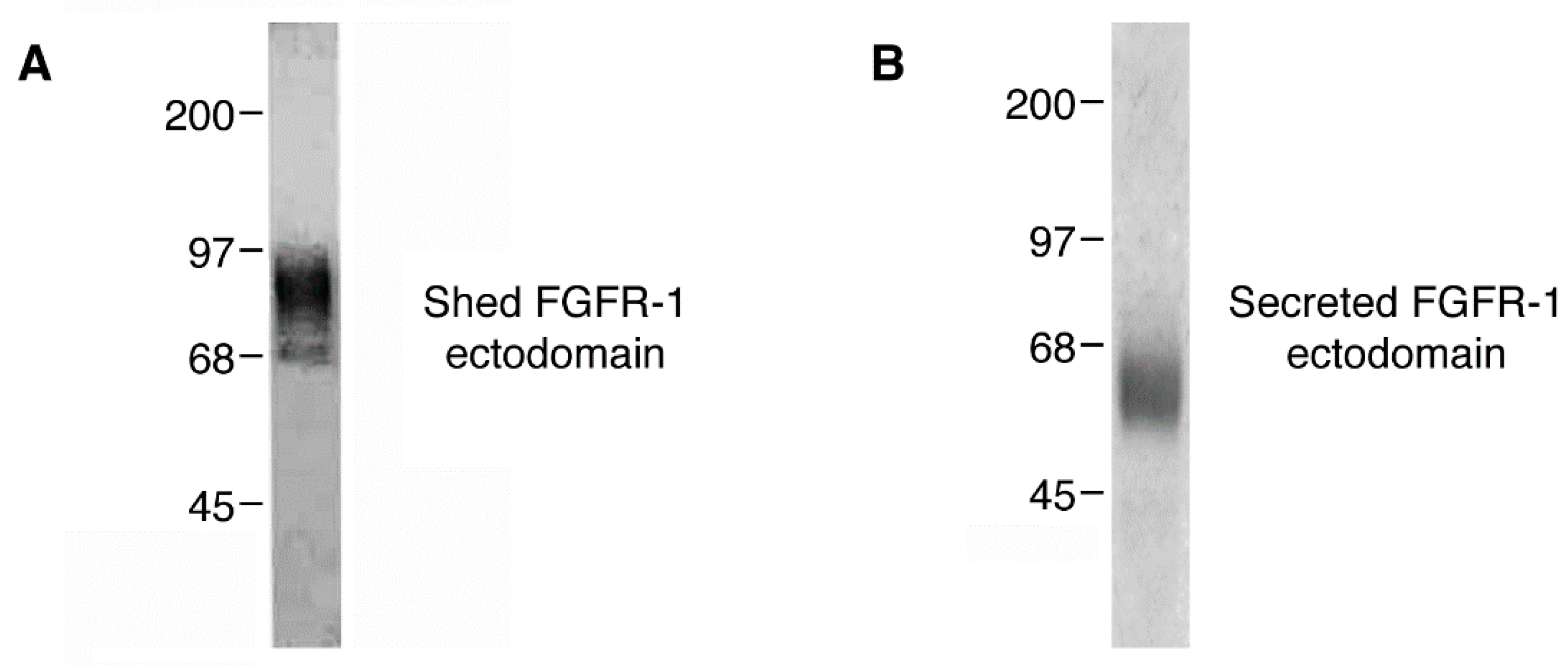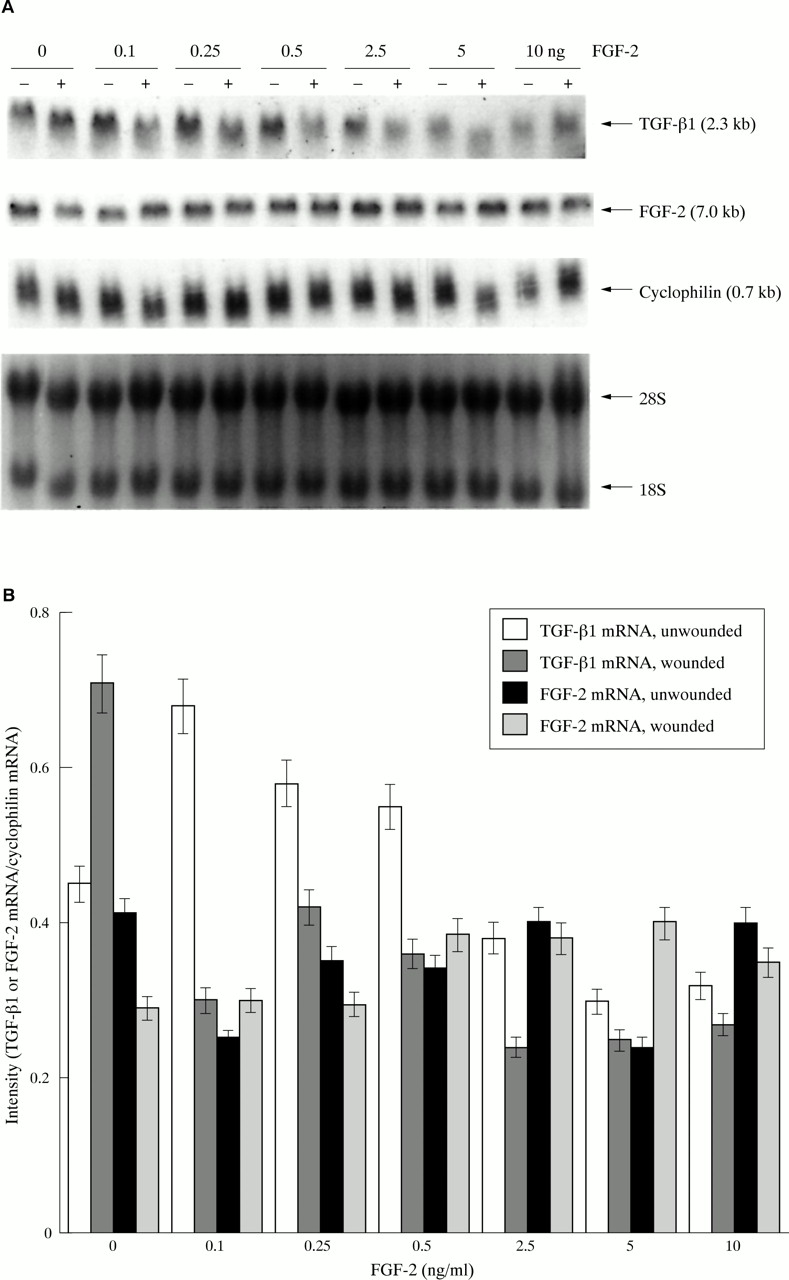

In rabbit preimplantation embryos, it has been shown that addition of exogenous FGF-2 overcomes the in vitro developmental block of the embryonic disc and can promote gastrulation at day 6 to 7, although FGF-2 mRNA is detected in blastocysts at day 6 ( Hrabě de Angelis and Kirchner, 1993 Hrabě de Angelis et al., 1995).įGF-2 uses a dual receptor system to initiate signal transduction ( Klagsbrun and Baird, 1991). In Xenopus embryos, disruption of the signalling pathway via FGF receptors causes gastrulation defects, manifested by loss of notochord and muscle tissues ( Amaya et al., 1993). Exogenous as well as endogenous FGF-2 induces dimerization of tyrosine kinase (TK) receptors and then, receptor dimerization leads to an increase in kinase activity resulting in autophosphorylation and induction of a wide variety of cellular responses (reviewed by Heldin, 1995). One of these, FGF-2, is now accepted as a fundamental mesoderminducing molecule ( Smith et al., 1988 Cornell and Kimelman, 1994). It is known from studies in other groups of vertebrates such as amphibians that formation and patterning of the mesoderm requires the synergistic effects of several growth factors. Thus, the apical TEC 1 redistribution can be considered as the earliest indicator of mesoderm formation. Moreover, this proposed binding activity is temporally restricted to ectodermal cells and disappears early during differentiation. These data suggest the involvement of defined species of embryonic cell surface epitopes in the regulation of FGF-2 receptor binding. Here we show that: (1) migrating cells are mesoderm-like in phenotype (2) antibodies against TEC 1 blocked FGF-2 mediated differentiation in vitro (3) antibodies against TEC 1 selectively blocked binding of FGF-2 to ectodermal receptors and, vice versa, the binding of TEC 1-specific antibodies to ectodermal cells can be competed by excess FGF-2 (4) the same switch in TEC 1 staining patterns was observed in vivo, between the day 7 and the day 9 rabbit embryo. This shift occurs after 96 hours in culture. In these cells, TEC 1 staining shifts from a punctate pattern over the entire membrane, to an apical, finely granular distribution with some internalization. The substantial biosynthesis of proteoglycans by embryonic cells (called embryoglycans) and their potential role as ligands for growth factor receptors led us to examine the role of embryoglycans that carry the developmentally regulated oligosaccharide epitope TEC 1, in the binding of FGF-2 to cultured rabbit inner cell masses (ICMs).Ĭulture of isolated ICMs in the presence of FGF-2 gave rise to well delimited colonies with migrating cells at the periphery. Receptor binding of basic FGF (FGF-2) is promoted by cell surface or extracellular matrix proteoglycans. Not for resale without express authorization.Several peptide growth factors, including members of the fibroblast growth factor (FGF) superfamily, are potential inducers of mesoderm in vertebrates. Diseases associated with FGF2 dysfunction include Kaposi Sarcoma and corneal neovascularization.įor Research Use Only.

The CUG-initiated isoforms are localized in the nucleus and are responsible for the intracrine effect, whereas, the AUG-initiated form is mostly cytosolic and is responsible for the paracrine and autocrine effects of this FGF. The mRNA for FGF2 contains multiple polyadenylation sites, and is alternatively translated from non-AUG and AUG initiation codons, resulting in five different isoforms with distinct properties. FGF2 has been implicated in diverse biological processes, such as limb and nervous system development, wound healing, and tumor growth. In humans, the gene is located on the q arm of chromosome 4. The 18 kDa isoform is predominantly cytosolic and acts through cell surface receptors, whereas the 22, 22.5, 24 and 34 kDa isoforms are nuclear and may signal independent of transmembrane receptor pathways. FGF2 exists as five isoforms with distinct intracellular localizations and functions. FGF2 (FGFb, fibroblast growth factor basic) belongs to the fibroblast growth factor (FGF) family, and interacts with high-affinity transmembrane receptors to influence cell proliferation and tissue neovascularization.


 0 kommentar(er)
0 kommentar(er)
